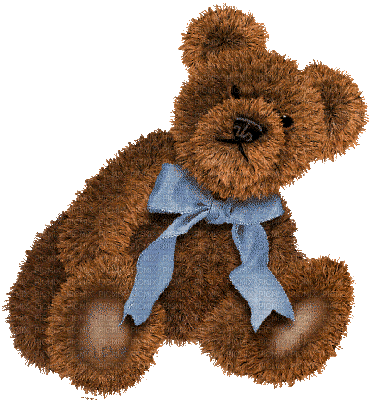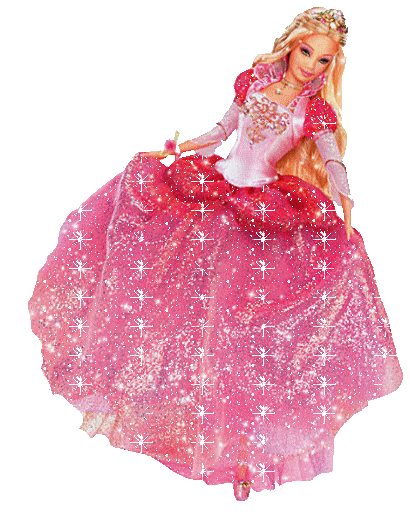Preface
Once upon
a time...
Toys are the forgotten significance. It holds a substantial memorial. It became a mystic item,
as
the
years passed. The dust, a remnant of a different life.
It’s early 2000. We visited grandma. She lived in a flat, build in the post-second war in the
Netherlands. I still remember the smell of the staircases in the concrete hallways. It smelled
wet,
and
old, yet musky and nice.
My grandma lived on her own in this little apartment. Her husband - my grandfather and my
father's
father - died already a long time ago. I have never met him in my life.
Her apartment was chic yet old-fashioned decorated. The dark wooden furniture is accentuated
with
crochet doilies with flowers. Even the television furniture got blessed by a crochet doily, just
like
her coffee table and the radiator.
You would hear always the following sounds. Ticking from the golden clock, which was held by a
white
sculpture of a woman. A Christian choir, sung on the television. The tones of a little silver
spoon,
stirring the cup of coffee of my father. Because he was the only one who drinks his coffee with
milk
and
sugar. And of course; the sound of my grandma talking. The most imperative sound, which made it
my
grandma’s apartment. Because she could talk a lot.
These memories of my grandma’s apartment are still strong till this day. And I know exactly why.
There wasn’t much to play with. So I often found myself being in the moment or daydreaming away.
By
looking at one of the paintings in the house, for example. In the hallway there was a painting
of
two
women, sitting, almost lying, casually at the beach, looking at the beholder. It looks like a
painting
made in the 1800s.
‘If I look away, maybe they will move?’ ‘What would they talk about?’
There was also a fake Rembrandt in her house. An image of Titus as a child, the son of
Rembrandt. I
had
a little crush on him. Because he had curls and sweet eyes. Which is still my kinda type. Now it
hangs
in my room while I type these words.
Then there was this huge closet in another room of my grandma’s apartment. You can easily call
it
‘the
Closet to the realm of Narnia’. From the Novels of C. S. Lewis. A fantasy world of magic,
mythical
beasts, and talking animals. The closet was made of a glossy type of wood and felt monstrous. As
it
curled up at the ceiling. I could eat me up, if my parents and my grandma wouldn’t pay close
enough
attention.
But suddenly, my dad came up to me with a huge brown suitcase. Filled with little railroads,
plastic
horses, pigs, cows, trains and cars. It wasn’t much, but it felt as if I made a mystic journey
back
to
the 60s. When my dad was just as old, as I was then; playing on the carpet at my grandma’s
place.
Hearing the same clock, the Christian choir singing on the radio, surrounded by the same
paintings.
Maybe his dad was stirring the same cup of coffee with the same little silver spoon as my dad
did in
my
childhood.
Introduction
Faith in Toys
My relationship with toys has always been something mystic. Dreams, imagination, play, and magic.
The combination of the unconscious, conscious, and uncertainty glide us into a world where fantasy
becomes as true as we want them to be. Toys were always a part of human nature and human spirit and
- presumably - existing thousands – if not millions of years. With archaeological records from the
graves Palaeolithic children, researchers and scientist are speculating about the grave goods and
offerings that have been found. From jewelry of shell and ivory beads and pierced teeth to tools and
small carvings of animals.
With no
direct proof, we can only imagine how a kid in
the
prehistoric
age could have interact with the carving of an animal. Maybe within our own imagination, we
might
find proof from our own abilities of play and fantasy.
If we can do it, they did it probably as well.
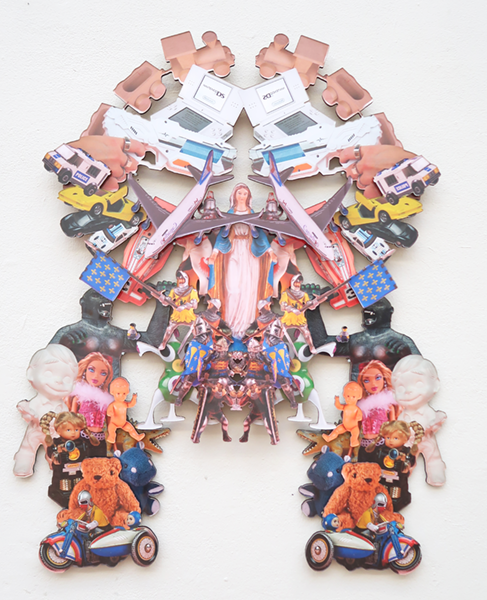
Figure 2.The Relic (2021) by Marieke Dijsselhof.
Images of owned toys.
Wood, plexiglass, print. (100± x 50± cm).
In an earlier work
“the
relic” (2021) 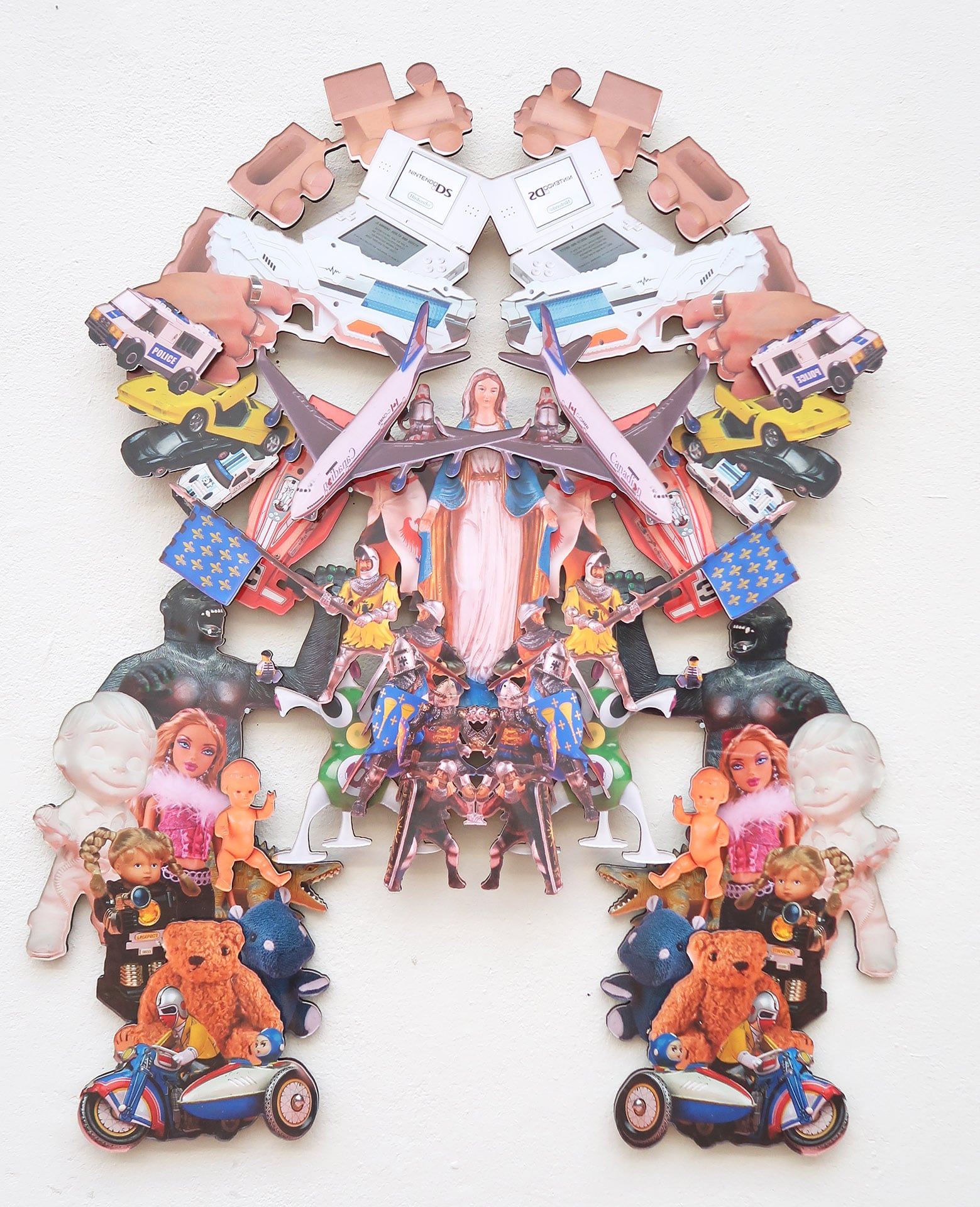 , I was
discovering
my own
history and sense I had with
toys.
This became a symmetrical relic in which you can find toys from my parents and myself. In the
center you would find a statue of Mother Maria. Raised catholic, I learned about faith from a young
age.
From here I started to create my own faith - or myths as you can call it. To discover what I want to
be,
discovering my own morals and exploring my ability to daydream into worlds, situations with
the perspective of various characters, in different forms, with their own unique created
personalities. The relic became an ode to all these adventures my parents and I had with the toys we
chose to keep.
These toys sparked us, unlike the toys we gave away. Like old friends we left behind. We
probably
will notice how much we missed them, until we find them again.
, I was
discovering
my own
history and sense I had with
toys.
This became a symmetrical relic in which you can find toys from my parents and myself. In the
center you would find a statue of Mother Maria. Raised catholic, I learned about faith from a young
age.
From here I started to create my own faith - or myths as you can call it. To discover what I want to
be,
discovering my own morals and exploring my ability to daydream into worlds, situations with
the perspective of various characters, in different forms, with their own unique created
personalities. The relic became an ode to all these adventures my parents and I had with the toys we
chose to keep.
These toys sparked us, unlike the toys we gave away. Like old friends we left behind. We
probably
will notice how much we missed them, until we find them again.
As my collection of toys are now just starting to be organized and archived, I also started to
investigate into toy collectors and their philosophies and relationships they have with their
toys.
Why do they collect toys? What is the difference between an art collector and a toy collector?
What
is the meaning of toys?
Chapter 1
The Toys
The History
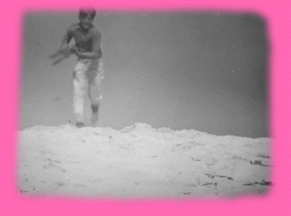
A toy is a tool that is practiced for life experiences. For kids to understand the world in a
broader
sense, discover their identity, help with cognition, learn cause and effect, explore relationships,
become stronger physically, stimulate creativity, and practice skills needed in adulthood. We take
on
roles, speak and use body language to represent our character – or our own. We engage in verbal
storytelling and act in the character’s world.
“Play is the highest development in childhood, for it alone is the free expression of what is in
the
child’s soul…. children’s play is not a mere sport. It is full of meaning and import.”
F.W. Fröbel
Friedrich Wilhelm August Fröbel was a German educator. He is the founder of the first kindergaden or
Kindergarten as spelt in German language, in 1837 in Bad Blankenburg. It was an institute for
children
under the age of six, which he occupied with all sorts of self-invented works that he considered
instructive. For example, the folding of paper. Children would become acquainted with geometric
forms.
This kind of play resulted in one of the most known toys to children:
the block
box.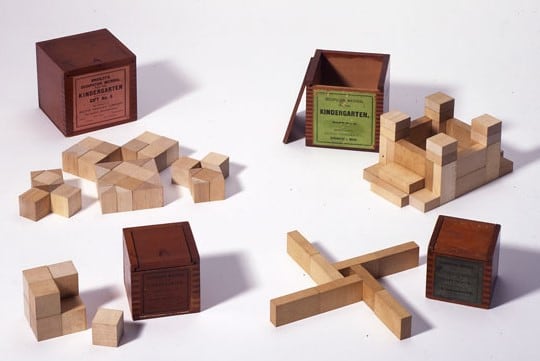 what
would give a huge influence on some ‘rebels’ in Germany, 100 years later. Which made these wooden
toys
popular until this day. More on this later. Let’s go back. Where or when did the invention of toys
start? How was the relation between children and toys throughout the years? And what made the toys
so
culturally popular and how?
what
would give a huge influence on some ‘rebels’ in Germany, 100 years later. Which made these wooden
toys
popular until this day. More on this later. Let’s go back. Where or when did the invention of toys
start? How was the relation between children and toys throughout the years? And what made the toys
so
culturally popular and how?

Figure 3. Paddle Doll. These can be found in various tombs in Egypt Wood, mud, flax, faience, pigment, (20.3 x 5.2 cm).
Toys, as we know toys;
It all
began
with the
doll…
The origin of the meaning of toys is found in the doll. The earliest documented dolls go back to the
ancient civilizations of Egypt, Greece, and Rome. Which would be around 2000BC. The dolls had wigs
and
movable limbs which were made from stone, clay, sticks, wax and wood. These
dolls were blessed with a protective mimic spirit to confuse the evil spirits. They also created
these
dolls to give to the new
infants.
were blessed with a protective mimic spirit to confuse the evil spirits. They also created
these
dolls to give to the new
infants.
In Ancient Greece and Ancient Rome, children also played with bows and arrows, and yo-yos. When
Greek children, especially girls, came of age it was customary for them to sacrifice the toys of
their childhood to the gods. On the eve of their wedding, young girls around fourteen would offer
their dolls in a temple as a rite of passage into adulthood. Here we already see the toy in a ritual
manner. I will go more extensive about this topic in Faith and Collecting Repiques. Until the first
millennia AC, toys were to embody spiritualism, superstition and ritual, instead to comfort and joy
as we know today.
Toys were also important during the medieval era.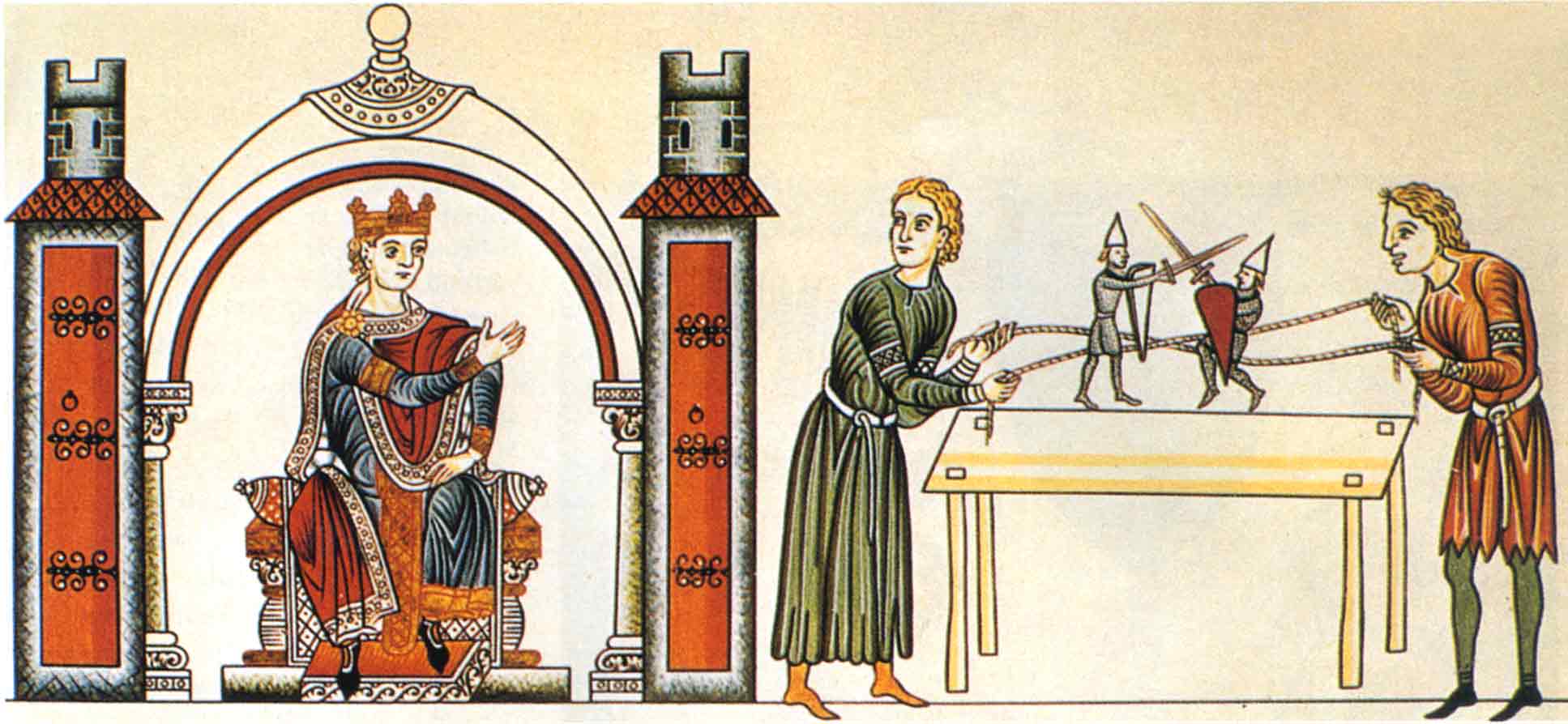 This was also the time
that toys, as term, got documented. With my own hypothesis, this must be due to the upcoming of book
pressing. Various
historians and archaeologists have been able to demonstrate the reflecting matter of the
relationships between parents and children in these times. A large majority of toys from this era
were made from
decaying materials like wood, wax, cloth, or even grass. As such most would have decomposed leaving
little evidence for the archaeological record, although some toys did survive.
This was also the time
that toys, as term, got documented. With my own hypothesis, this must be due to the upcoming of book
pressing. Various
historians and archaeologists have been able to demonstrate the reflecting matter of the
relationships between parents and children in these times. A large majority of toys from this era
were made from
decaying materials like wood, wax, cloth, or even grass. As such most would have decomposed leaving
little evidence for the archaeological record, although some toys did survive.

Figure 4. Hortus Deliciarum
Childeren playing with a knight game, end of the 12th century
The toys of the young royalty and high nobility were, not surprisingly, of better quality and thus
more likely to be well preserved. With the highly craftsmanship, suggesting the owners of these toys
were
valued individuals. Most toys for princes were also related to the art of warfare to prepare them
for what was, considered to be, their main task in adult life. A playful introduction to war and
reigning,
that is.
Moreover, sick children could be given toys to pass the time and make them feel better as for
Charles
VII, future king of France, who fell ill at the age of 2 in 1404 and was given a toy cauldron to
play
with. Although he was a
prince, poorer parents must have behaved similarly with less expensive toys
to
the extent of their means.
Throughout the first quarter of the 20th Century, most toys were made in Germany. German toys were
often
made of wood. Hand carving was
commonplace and considered manufacturing. Because remember the
“rebels” I
told you about? Those were the students and graduates of the Bauhaus. Alma Siedhoff-Buscher gave a
fresh
new breath to the block box that was developed from the plays of Frobel.
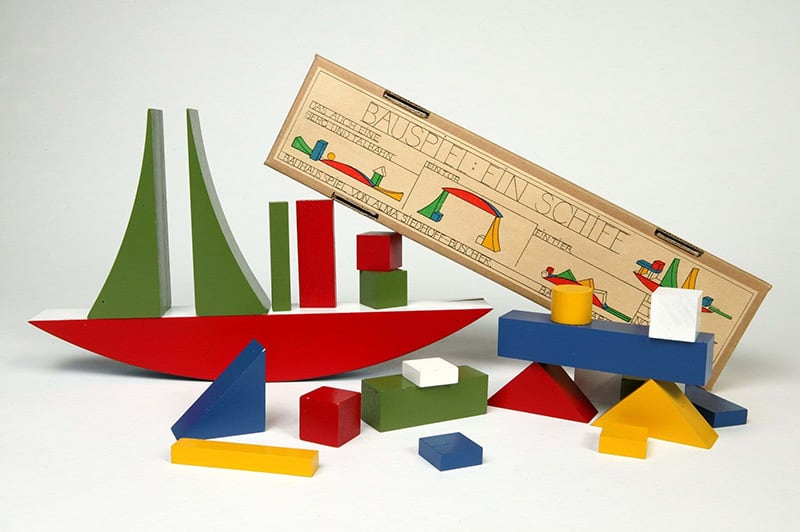
Figure 5. Bauhaus Bauspiel: Ein Schiff, Wood (1923)
by Alma Siedhoff-Buscher
Alma
Siedhoff-Buscher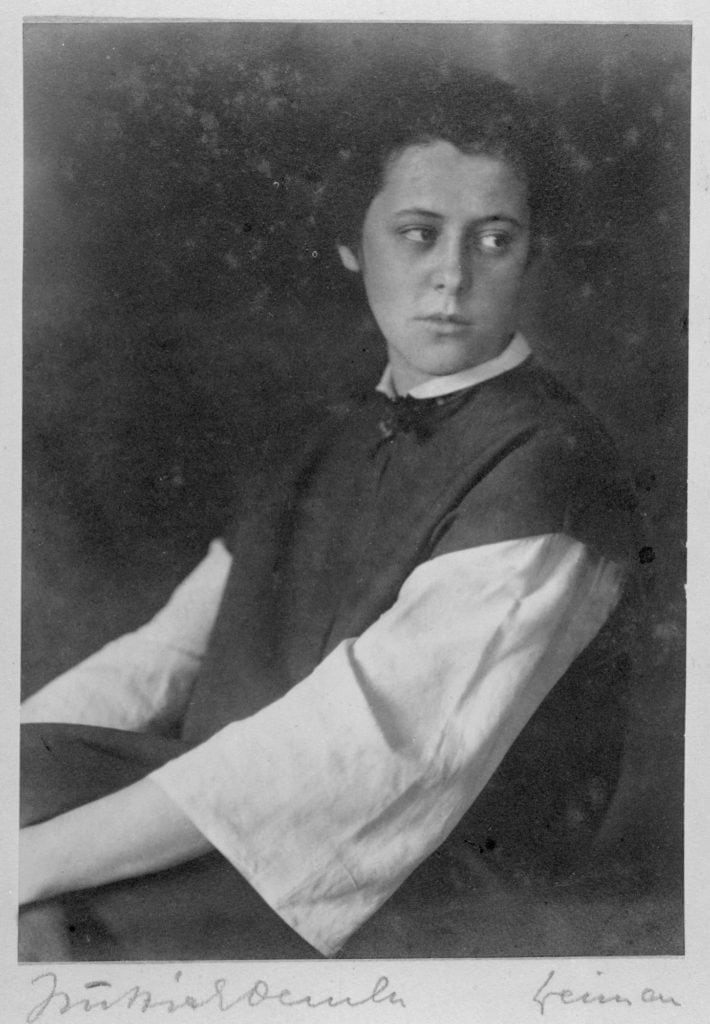 , was a German designer who studied
at
the Bauhaus Dessau
from 1922. She
graduated
in 1927. Since she started working in the woodwork shop, she created various child toys and puppet
theaters. Some men weren’t always keen on her working on three-dimensional design and were better
working with two-dimensional patterns in the Weaving Workshop. Walter Gropius, head of the Bauhaus,
and
often depicted as a visionary and architect or designer, was in fact quite a problematic figure when
it
came to the emancipatory project at the structuring of the curriculum of the Bauhaus, where women
had to
predominantly study textiles etc. and were not very welcome in the other classes such as engineering
and
architecture. (Always those men with their ‘opinions’) Alma designs are until this day praised by
many
designers. Stated by many: “a timeless design”.
Unfortunately, Alma was later killed during an air raid during the WWII. She was 45. A woman with a
life
full of potential that was lost amongst so many.
, was a German designer who studied
at
the Bauhaus Dessau
from 1922. She
graduated
in 1927. Since she started working in the woodwork shop, she created various child toys and puppet
theaters. Some men weren’t always keen on her working on three-dimensional design and were better
working with two-dimensional patterns in the Weaving Workshop. Walter Gropius, head of the Bauhaus,
and
often depicted as a visionary and architect or designer, was in fact quite a problematic figure when
it
came to the emancipatory project at the structuring of the curriculum of the Bauhaus, where women
had to
predominantly study textiles etc. and were not very welcome in the other classes such as engineering
and
architecture. (Always those men with their ‘opinions’) Alma designs are until this day praised by
many
designers. Stated by many: “a timeless design”.
Unfortunately, Alma was later killed during an air raid during the WWII. She was 45. A woman with a
life
full of potential that was lost amongst so many.

Figure 6. Alma Siedhoff-Buscher as a young student.
Many of toys either had to be skillfully made at home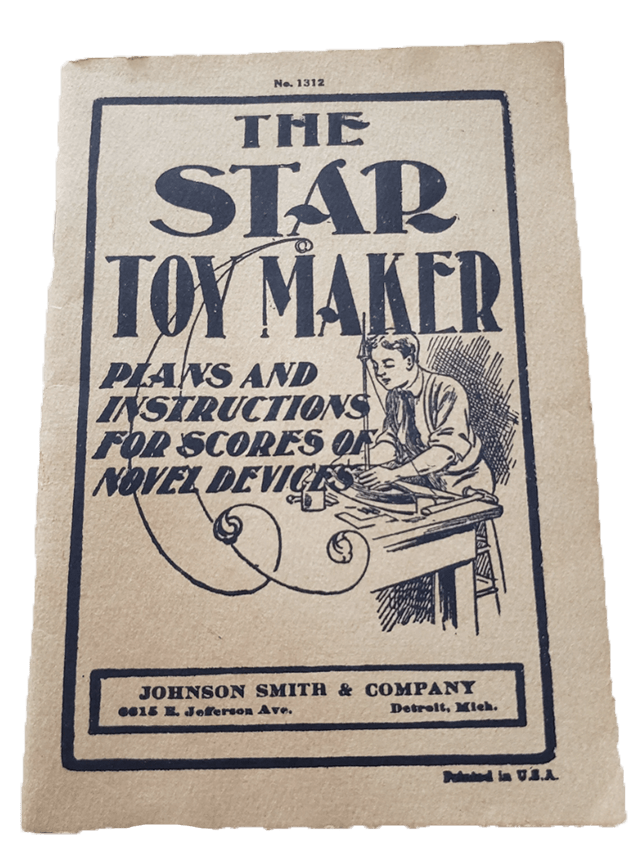 or else they could cost quite a bit of
money
since
mass production had not yet started in the 1920s. In the 1900’s, toys for children were more
uncommon
than we might think. Unfortunately, child labor was more common to children, than it was to play.
Some
as young as four, worked in factories, mines, fields, canneries, and tenement sweatshops. This was
seen
in any country where industrialization was at its peak. The commonplace was that 18% of all American
workers in 1900, were under the age of 16.
or else they could cost quite a bit of
money
since
mass production had not yet started in the 1920s. In the 1900’s, toys for children were more
uncommon
than we might think. Unfortunately, child labor was more common to children, than it was to play.
Some
as young as four, worked in factories, mines, fields, canneries, and tenement sweatshops. This was
seen
in any country where industrialization was at its peak. The commonplace was that 18% of all American
workers in 1900, were under the age of 16.
“All caused by sheer poverty, by the poverty of parents, by the ambition of parents and by the
ignorance
of parents as well as by the law of market which demands that a product be turned out a the
least
possible cost to sell at the highest possible price”
Jane
Addams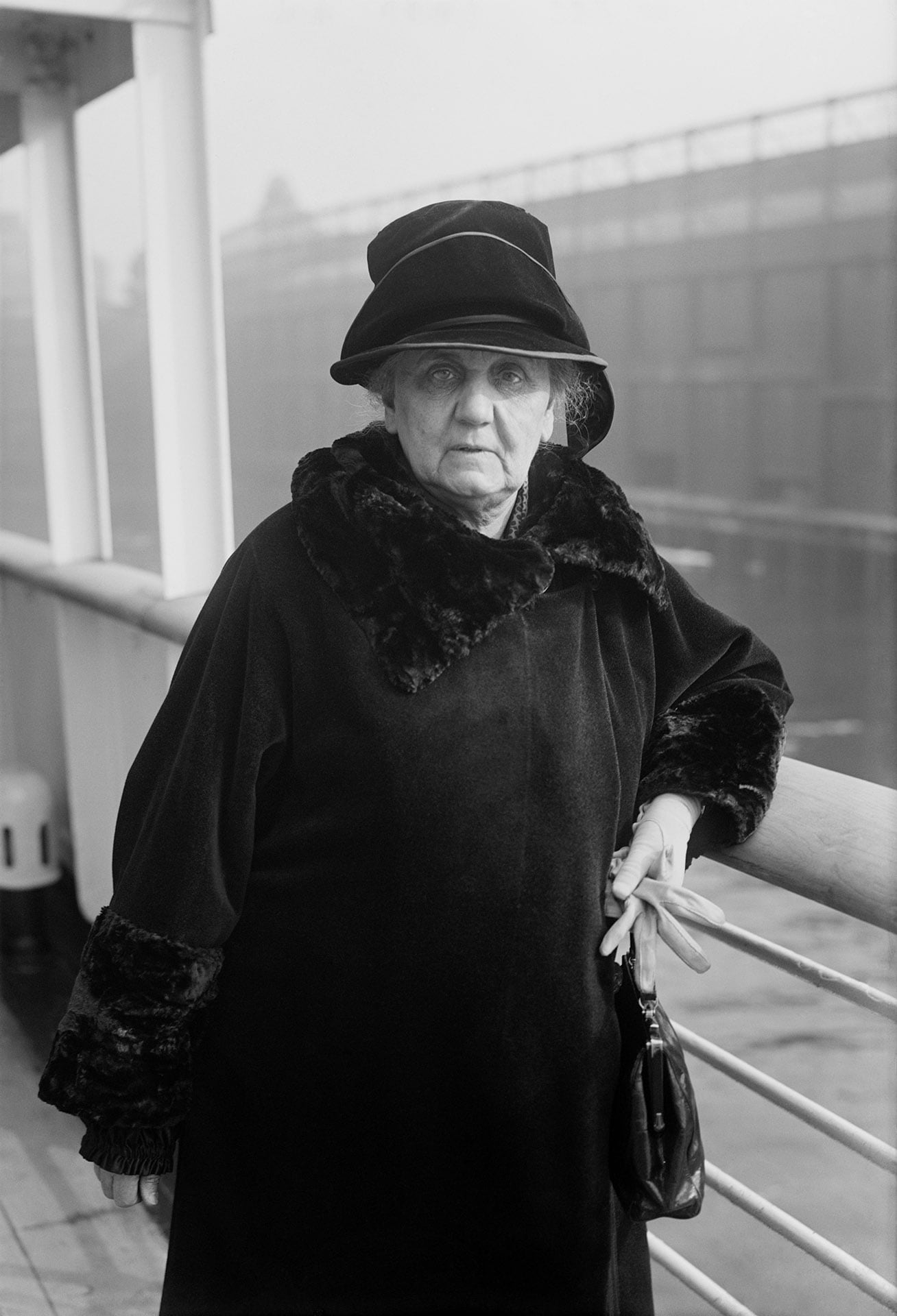 , stated in 1914. She was a social
worker, social reformer, pacifist, and the first female winner of the Nobel Peace Prize.
, stated in 1914. She was a social
worker, social reformer, pacifist, and the first female winner of the Nobel Peace Prize.
The children who had their own store bought toys, were children from the wealthy adults. They were
carefully made of wood or ivory. Think of rocking horses,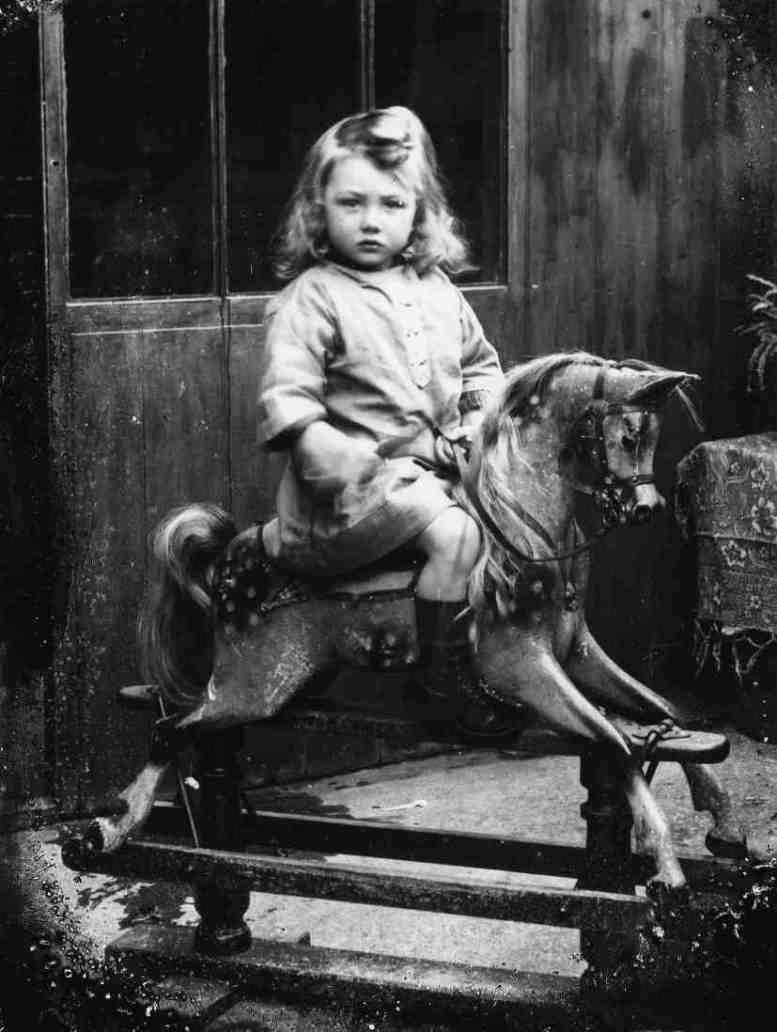 a rolling
hoop,
a rolling
hoop,
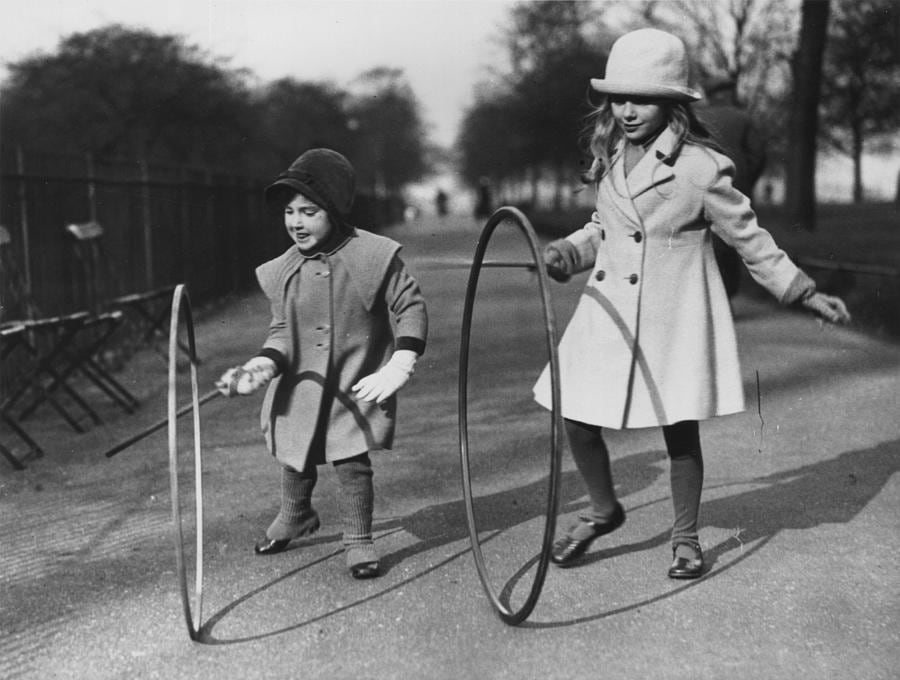 marbles,
marbles,
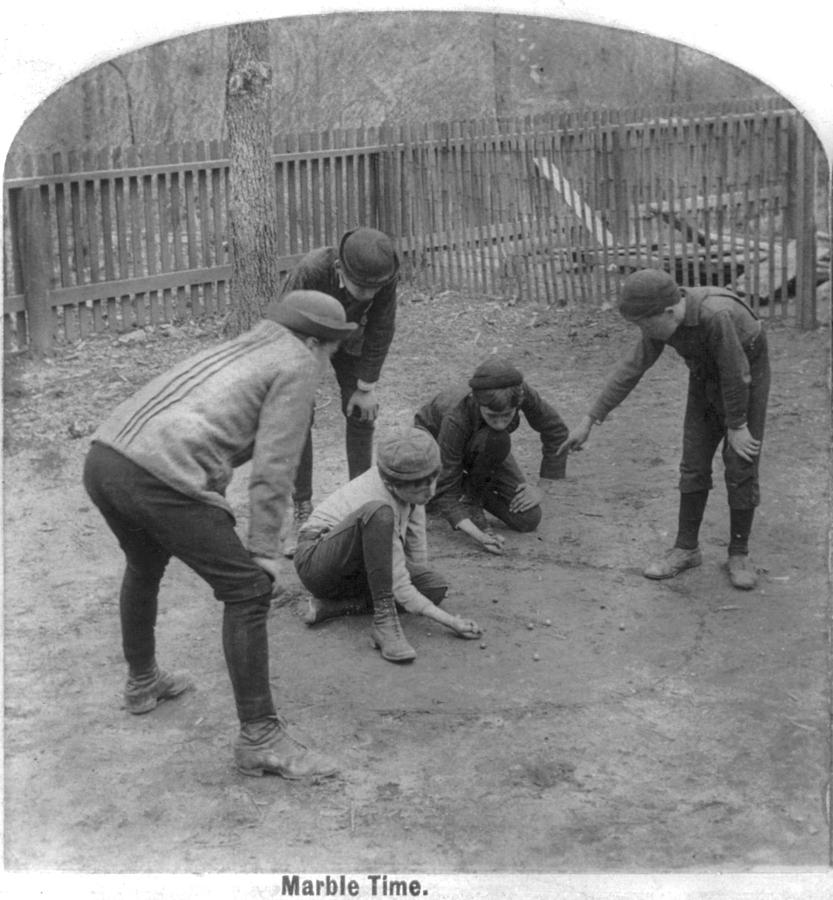 bilboquet
bilboquet
 (a cup and ball game) and
phenakistiscope,
(a cup and ball game) and
phenakistiscope,
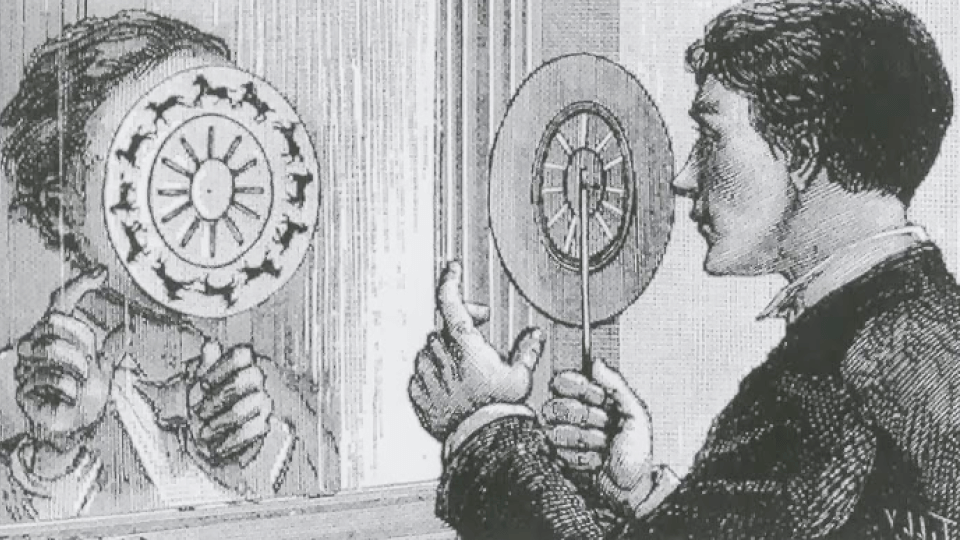 (where an animation will be played when you spin it between your
palms).
During this same period French bisque dolls with swivel heads and movable arms, legs, and eyes,
started
to occur in
newspapers.
(where an animation will be played when you spin it between your
palms).
During this same period French bisque dolls with swivel heads and movable arms, legs, and eyes,
started
to occur in
newspapers. This made the start of advertisement to trigger
psychological urges to bond
a
child with their make-believe friends and imaginary siblings.
This made the start of advertisement to trigger
psychological urges to bond
a
child with their make-believe friends and imaginary siblings.
In times of war, a new toy was introduced. This toy wasn’t even meant to be a toy in the beginning.
In
the docuseries, “The Toys That Built America,” uncovers a surprising history of
the
Slinky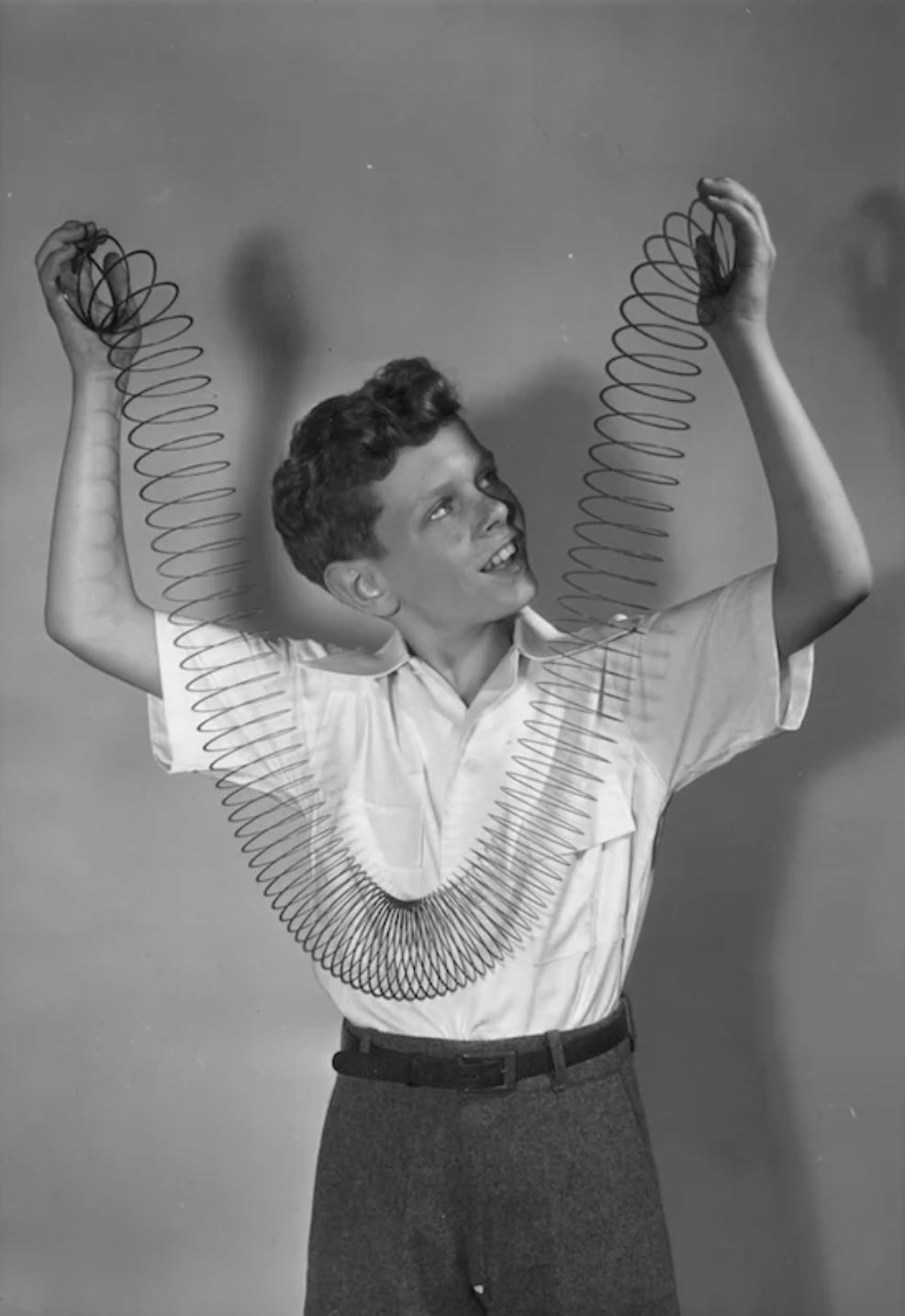 the Slinky. An
engineer,
called, Richard James, was tasked with creating a device to stabilize sensitive equipment that was
being
transported through rough seas during World War II. But that didn’t work out. So he changed the
meaning
of the object into a toy.
It wasn’t uncommon in these times change meaning of various objects into
toys.
Gasmasks got advertised as “The greatest toy sensation in years”.
the Slinky. An
engineer,
called, Richard James, was tasked with creating a device to stabilize sensitive equipment that was
being
transported through rough seas during World War II. But that didn’t work out. So he changed the
meaning
of the object into a toy.
It wasn’t uncommon in these times change meaning of various objects into
toys.
Gasmasks got advertised as “The greatest toy sensation in years”.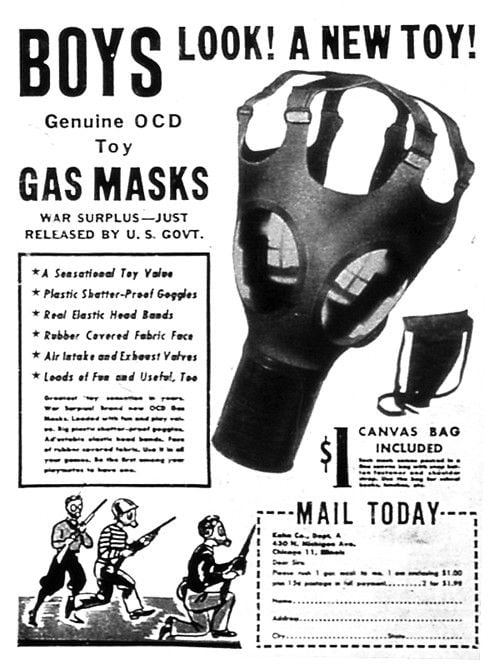 Was
it to protect the children of
the
dark ages the world was in? Or was it just another sell method?
Was
it to protect the children of
the
dark ages the world was in? Or was it just another sell method?

Figure 7. A boy holding a Slinky (1946)

Figure 8. Gasmask advertisment (1945)
After World War II ended and the economy was booming, mass production went into full swing and the
baby
boomer generation emerged. In the 1950s, manufacturers quickly realized that wealthier families
would
purchase an entirely new set of clothing, toys, and gadgets based on the way toys were positioned in
the
marketplace.
Television,
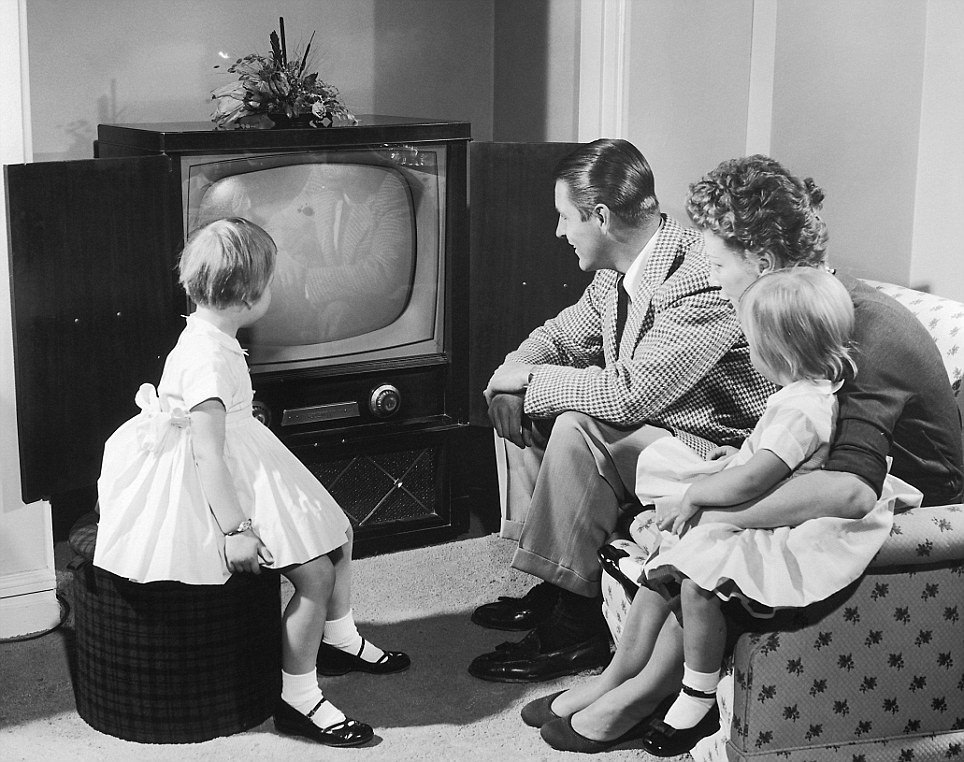 for instance, brought in celebrity and character tie-ins to
create new toy
brands. Postwar kids had exposure to TV and radio commercials, as well as various toy advertisements
in
magazines and newspapers, while parents were encouraged to consume. This marks the birth of toys as
we
know them today, when fantasy, joy, and comfort were fully capitalized. As magic, imagination, and
fantasy became commodities that had to be purchased, toy advertisements began to showcase new
products,
such as "Introducing! A new friend for Barbie!" and "A full collection of the adventures of King
Kong!"
These fantasies became options that could only be unlocked by buying them, creating a sense of
obligation for children to experience new fantasies and for parents to purchase them.
for instance, brought in celebrity and character tie-ins to
create new toy
brands. Postwar kids had exposure to TV and radio commercials, as well as various toy advertisements
in
magazines and newspapers, while parents were encouraged to consume. This marks the birth of toys as
we
know them today, when fantasy, joy, and comfort were fully capitalized. As magic, imagination, and
fantasy became commodities that had to be purchased, toy advertisements began to showcase new
products,
such as "Introducing! A new friend for Barbie!" and "A full collection of the adventures of King
Kong!"
These fantasies became options that could only be unlocked by buying them, creating a sense of
obligation for children to experience new fantasies and for parents to purchase them.
Until 1960, the advertising market exclusively featured white children in their advertisements and
commercials, but this began to change in the 1970s with the first appearances of black children,
which
became more frequent in the 1980s. Interestingly, in 1980, the first Afro-American Barbie made its
debut, albeit somewhat belatedly. It was designed by Louvenia "Kitty" Black Perkins, who became a
legend
among Barbie collectors and in the toy industry. Perkins guided the creative production team at
Mattel,
the world's largest toy manufacturer, for 25 years. She championed diversity and the exploration of
new
territories and themes. Perkins revealed that she never owned a Barbie during her childhood. Born in
1948 and raised in the heavily segregated southern region of America, it was unlikely for a black
girl
to ask for a white doll. It is difficult to imagine discovering one's own desires and dreams with a
toy
that one cannot relate to.
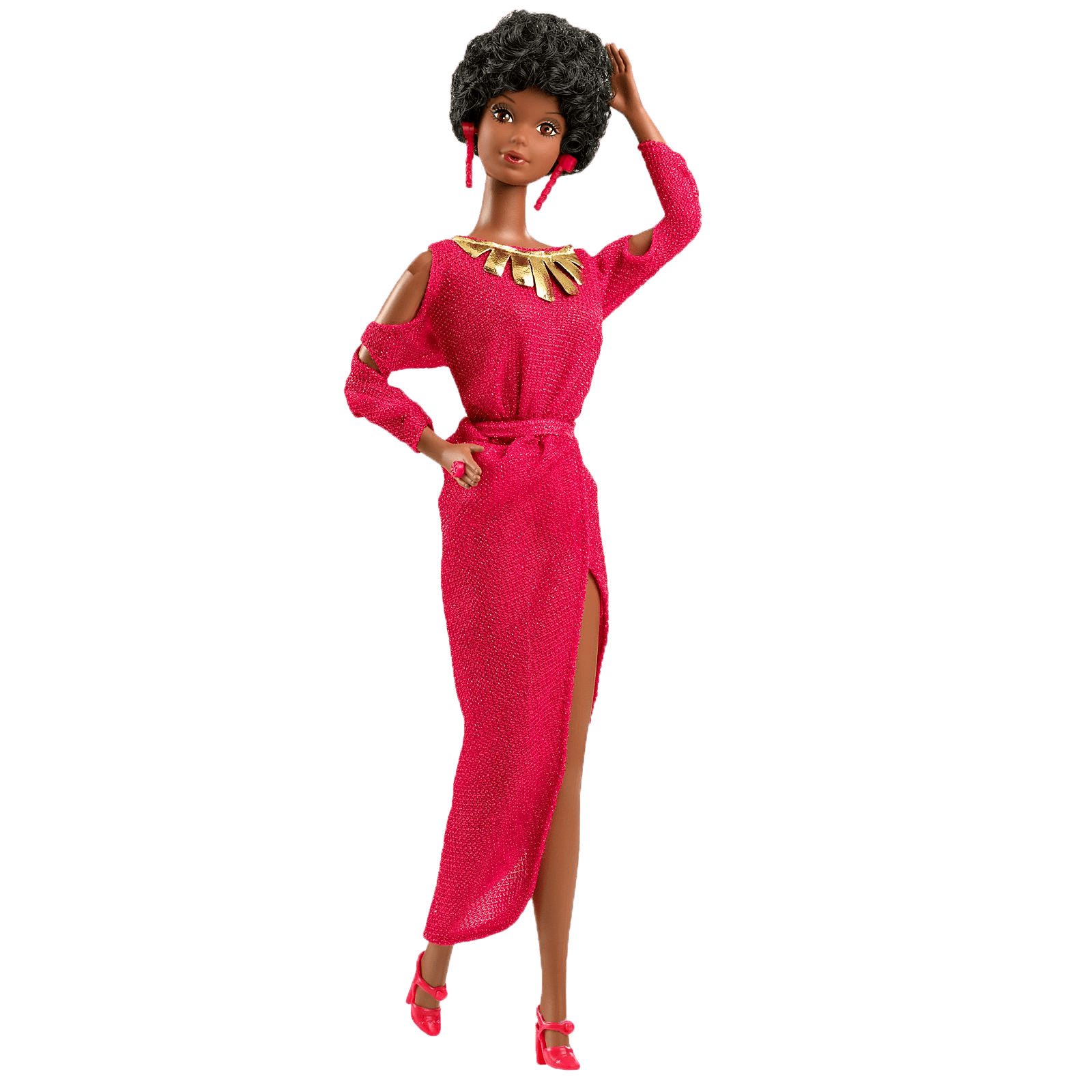
Figure 9. Francie.
The First Afro-American Barbie with black features.
Introduced in
1980
A known contemporary artist, Hank Willis Thomas, made various works about the American advertisement and how it has historically perpetuated and reinforced racial and gender stereotypes. For example, his series "Unbranded: Reflections in Black by Corporate America" features advertisements from the mid-20th century that were targeted at Black consumers, with the brand names and logos removed. By removing the branding and focusing solely on the images, Thomas draws attention to the ways in which these ads relied on racist tropes and caricatures to sell products. With this work he challenges viewers to question the ways in which these images have been used to shape our understanding of race, gender, and identity, and encourages us to think critically about the messages that we are bombarded with on a daily basis.
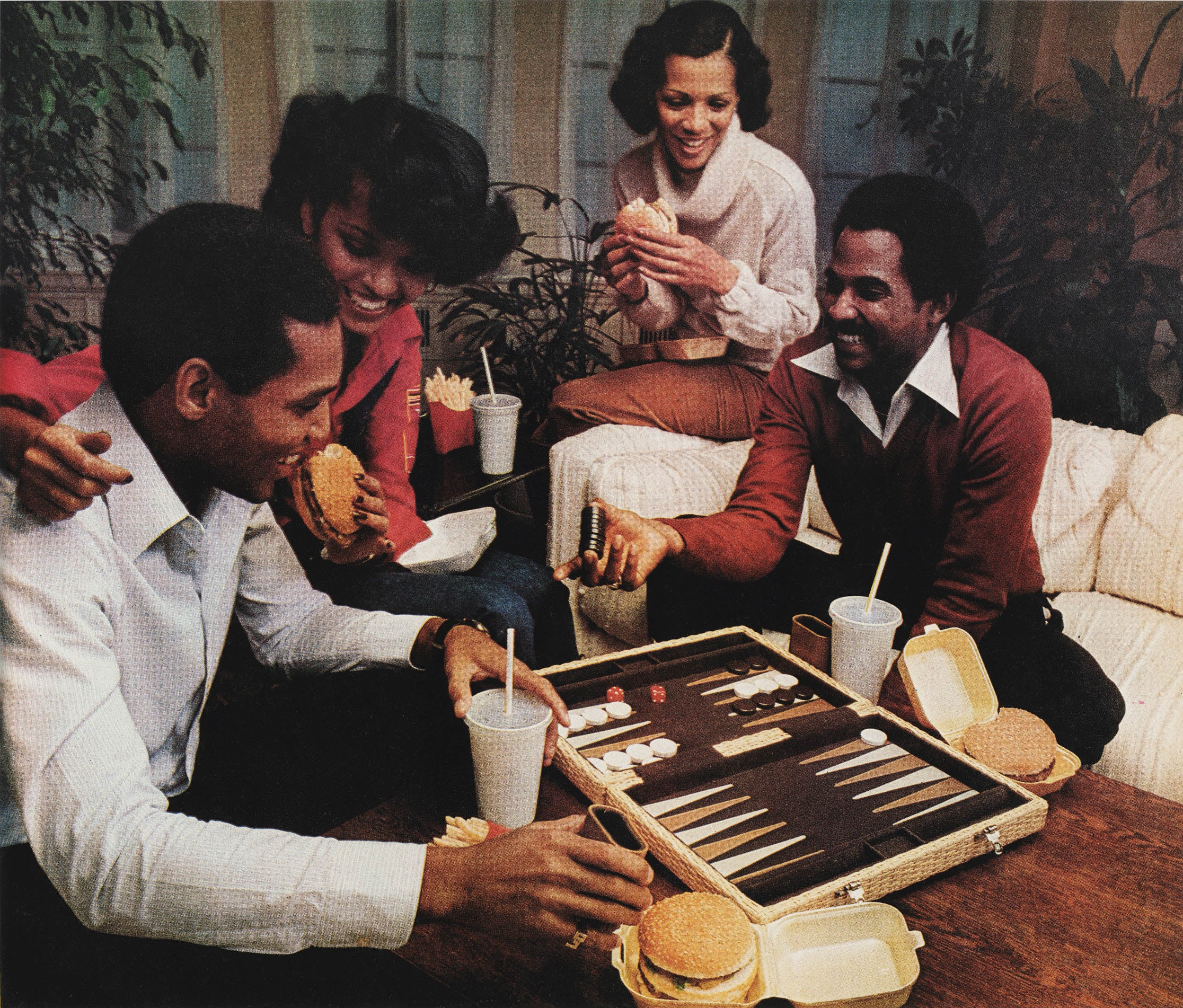
Figure 10. This photograph is part of Thomas’s series
UNBRANDED: Reflections in Black by
Corporate America 1968–2008.
This picture was originally taken for a MacDonalds campain in the 70’s
During the 1980s and 1990s, there was a resurgence of nostalgia for toys, which was prompted by the
significant increase in the globalization of the world economy. This period was characterized by the
growing interdependence of nations, the rise of multinational corporations, and the liberalization
of
trade and investment policies.
One of the main drivers of globalization during the 1980s was the growth of international trade, as
many
countries began to open their markets to foreign competition, resulting in increased flows of goods
and
services across borders. The rise of container shipping and air transport also made it easier and
cheaper to transport goods around the world. Combined with the fact that the baby boomers were
becoming
adults and wanted to evoke the spirit they had as children with their toys, a lot of toys were
purchased. Now, every generation after the baby boomers, including myself as a member of Generation
Z,
will search for the spirit of their childhood found in the toys they once played with, and will
likely
have to pay for them. In fact, I recently bought myself a Nintendo DS Lite.
I truly believe that this is the circle of the toy. We play with them, forget about them, begin to
feel
nostalgic, and then want them back. But what happens as soon as we get them back?
Overall toys have also played a significant role in shaping our understanding of gender norms
throughout
the years. However, it is important to note that now over time, these norms have become less rigid
and
more fluid. One example of gender norms in toys between boys and girls in earlier times is the
Barbie
doll, which was introduced in 1959 and quickly became a popular toy for girls. The Barbie doll was
marketed as the idealized feminine beauty, with her slim figure, blonde hair, and fashionable
clothes.
In contrast, toys for boys often emphasized action and strength, such as toy soldiers, cars, and
construction sets. As society continues to evolve, we are seeing a shift towards a more inclusive
and
accepting approach to gender expression, particularly in the realm of toys. While there is still
much
work to be done in terms of breaking down gender stereotypes and promoting equality, the progress
that
has been made thus far is a positive step towards a more open and diverse world.
Chapter 2
The Portal to Faith
Philosophies
on toys
From the History of Magic by Chris Gosden:
“Magic is not a set of outmoded beliefs for the credulous, the ill-educated, the stupid or
the
mad. Magic is not even something to which people resort but rather is a prominent feature in
many lives. Magic encourages a holistic view of human beings, linking them to the planet
through
practical and moral relationships. At a time when we need positive and holistic planetary
thinking, magic has much to offer.”
My father came from a Protestant family, while my mother came from a Catholic family. Although faith
was
not necessarily the core focus of my upbringing, I was certainly raised in an environment that
emphasized it. At my elementary school, we began each day with a prayer, followed by stories from
the
Bible. We were exposed to beautiful narratives that were often rich in spectacle. Through these
stories,
we learned about morality and what constitutes right and wrong. However, above all else, I was able
to
glean a great deal about the art of storytelling and the power of imagination.

Figure 11. Me around 2007-2008 wearing my cross and looking very christian.
Based on my own experiences and observations of broadly documented religions, I have started to make
my
own connections and equations. These connections are not too unusual, as many cultural philosophers
have
also made fundamental connections. One such philosopher is Johan Huizinga (1872-1945), who coined
the
term "Homo ludens" in his seminal work of the same name to describe our species. He saw play,
ritual,
and performance as fundamentally interrelated throughout our human activities.
Additionally, there exists a lengthy history of scholars who have studied play behaviors in both
animals
and humans, proposing that play plays a significant role in cognitive development, behavioral
innovation, and creativity, which are all crucial to the development of social norms such as moral
behavior and concepts of fairness. These aspects sound quite familiar and are all components of
religious thought and ritual behaviors.
As you now know, toys were once created to embody spiritualism, superstition, and ritual until the
first
millennium AC. I believe that spiritualism has never truly left toys, regardless of the era in which
they were produced. They serve as portals to worlds where we have control, becoming the gods of our
own
fantasies. Toys are alive, if only we allow them to be.
The eyes of the doll were wide open as if she could look right in me, to take my spirit and
distort my imaginations. I slept on a high bed, the doll got placed by my father on the high
closet – facing me in the night. I feared the doll, yet I was too polite to say anything
about
the omen... It was gift of grandma and I saw how fond she was of giving one of her favorite
toys
to me.
One night, I believe she moved. Or she opened and closed her eyes. As it was not an “it” nor
it
was really a “she”. The doll wasn’t alive. But the magic, the myth, the spirit was.
All of the magic, beliefs, and ideas that surrounded our toys shaped who we are today. They were our
idols, our teachers, and our guardians. From simple blocks, cars, and figures to intricate
construction
sets and dolls, they helped us navigate the world. But as we grew older, life became more
complicated.
We faced embarrassment, peer pressure, heartbreak, responsibility, loneliness, and death. Unable to
confront our fears, we turned to media for distraction and guidance, filling our minds with bad
news,
gossip, and trends. We became teenagers, young adults, adults, and eventually, the elderly. Along
the
way, we lost friends and toys alike, either forgotten or left behind.
This analysis may remind you of the Toy Story trilogy, which evolved alongside its audience, much
like
the toys in the films. In the first installment, Woody, a pull-string cowboy doll, becomes jealous
of
the new Buzz Lightyear figure and attempts to dispose of him. The consequences of his actions serve
as a
lesson for children about the responsibilities and consequences of jealousy.

Figure 12. A still from the movie 'Toys Story3' (2010)
Throughout the trilogy, the toys confront increasingly complex issues. In Toy Story 2, they grapple
with
teenage problems such as discovering the true meaning of friendship. Toy Story 3 depicts young
adulthood, with characters facing anxiety about their future as they prepare for college. Toy Story
4
explores the challenges of parenthood and midlife crisis. These films touch on a universal truth
that I
hold dear: the toys we play with are a reflection of ourselves. They embody our spirit and spark,
and
serve as a reminder of who we are.
Stuart Hall, an influential cultural theorist who impacted sociologists, theorists and artists with
his
publication ‘Representation: Cultural Representation and Signifying Practices’, believes that, in
how we
think, what we say, think and feel about them (the objects)– how we represent them– give them a
meaning.
And with the given framework of interpretation, we give meaning to objects, people and events. We
create
stories, we tell stories, create images, produce them, associate the emotions with them, classify
them,
and conceptualize them with the values we place on them. And this meaning, is what gives us a sense
of
our own identity. Of whom we are, where we belong, which path we must take to find joy, happiness
and
meaning.
However, the question remains unanswered regarding what happens within us when we are reunited with
an
old, forgotten toy. Various speculations can be made based on different situations. One might
initially
question the person and their attitude towards the toy - is it considered an investment, a status
symbol, a means to find inner peace as one recalls their childhood memories? Or does the answer lie
in
something beyond the toy itself - a desire to belong to a larger community or a portal to seek love
and
acceptance?
Chapter 3
Mythical Belongings
Communities of toys
“Myths are
public
dreams; dreams are
private myths. By finding your own
dream and following
it
through, it will lead you to the myth-world in which you live. But just as in dream, the
subject
and
object, though they seem to be separate, are really the same.”
– Joseph Campbell
It can feel quite bittersweet, knowing that our storytelling could be based on the fabrications
It can be a bit disheartening to realize that our stories may be based on the fabrications of
advertisements and media. However, isn't everything to some extent? Does this mean we are unoriginal
and
lacking creativity by following these fictional narratives? Absolutely not!
Toys such as My Little Pony, Barbie, and Marvel Superheroes, just to name a few, have massive
franchises
that include high-end movies, posters, and merchandise. Each figure has carefully selected
personalities
and characteristics that are consistently presented. Nevertheless, without the collective adventures
of
these toys, there would not be such enormous communities of people who speculate, create conspiracy
theories, write fan fictions, make drawings, and even help each other through difficult situations.
These communities create a space where individuals feel a sense of belonging and understanding.
From the r/my little pony reddit. Discussing which is their favorite character:
“Personally mine is rainbow dash. She always helps encourage me to be strong and confident.
I
also
love the fact that she represents the element of loyalty as it’s something I value most! She
was
everything I ever wanted to be growing up, you know, being more of a Fluttershy myself.”
-
u/OddSeaworthiness8952
“Mine is Trixie probably because I feel she's like me in some ways. Trying hard in life only
to
get
pushed back down, but has [..] much pride and determination to stay down. She does her best
with
what she knows and won't back down from trying. It's her determination that makes me admire
her
[..]
– u/MadCaT_9_in

Figure 13. A still from the movie 'My little Pony'(2017)
The My Little Pony fandom, maybe one of the strongest fandoms (and most bullied outside the
community),
got its fandom-boost from the animated television series that got produced by Hasbro as part of the
My
Little Pony toy franchise. Tied in with the 2010 relaunch of dolls and play sets, it found a large
audience of male adult internet users in late 2010 and early 2011, forming a whole subculture called
the
“Bronies”, a portmanteau of "bro" and "pony”. We can contemplate how a franchise that was originally
aimed at young girls with a stereotypical "girly" image, complete with glitters, rainbows, and
pastel
colors, has primarily captured the attention and admiration of male adult internet users.
If we look into the reddit post of someone asking the community about how they got into My Little
Pony,
most of the answers talk about “started watching it as a joke” “I lost a bet and I had to watch 6
episodes of My Little Pony”, “wanted to know why people hated it”, and even user ‘Dolphin_handjobs’
(yes, that is their username) talks about watching it as therapy. To feel accepted to be able to
like
friendly pastel ponies. These
fandoms created space for emotions and love, which was rejected before
due
to toxic masculine ideology. The “bronies” found a new freedom, while being surrounded with people
who
found themselves stuck too in the masculine ideology.
With the blessing of the internet, anyone can search to the communities that are connected to the
different toy franchises. In all these forms, we find creativity, kindness and discussions about the
different figures and its actions.
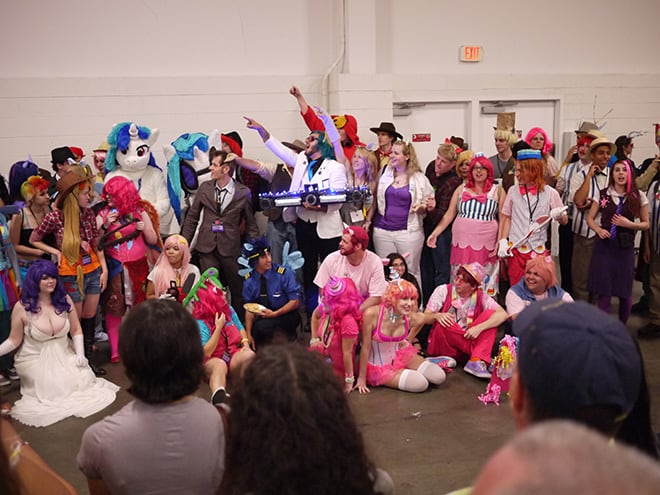
Figure 14. The My Little Pony: Friendship is Magic fandom.
A picture of the Bronycon
cosplay session in 2012
With all these stories in mind, having a community to find belonging; we can almost say we have
found a
new religion. The praying might just be daydreams and the fanfictions we tell each other. The
rituals
are by playing. And the toy… being the relic; holding the myths and magics, safe, frozen in time,
probably on a high shelve or in a glass cabinet.
Campbell:
'One thing that comes out in myths is that at the bottom of the abyss comes the voice of
salvation. The black moment is the moment when the real message of transformation is going to
come.
At
the darkest moment comes the light.'
[…]
Moyers:
You say dreams come up from the psyche.
Campbell:
I don't know where else they come from. They come from the imagination, don't they? The
imagination
is grounded in the energy of the organs of the body, and these are the same in all human
beings.
Since imagination comes out of one biological ground, it is bound to produce certain themes.
Dreams
are dreams. There are certain characteristics of dreams that can be enumerated, no matter
who is
dreaming them.'
Campbell:
'.. what it will have to deal with will be exactly what all myths have dealt with -- the maturation of the individual, from dependency through adulthood, through maturity, and then to the exit; and then how to relate to this society and how to relate this society to the world of nature and the cosmos'
Chapter 4
Queen of
my Castle
The art
of collecting
People start to collect toys. Why so?
Neurologists and psychoanalysts all have different theories on why people collect objects.
Sigmund
Freud even made the bold claim that it is all due to bad potty training. It was such a traumatic
experience for a child dealing with something so disgusting, and now they want to gain control of
their
own gathering. Other
theories from Freud tell us more about collecting as protection against death
by
creating something that will live on after you are gone, a collection to give forward to the next
generation, as you would live forever and become immortal.
On the other hand, Carl Jung believes that the collector sees the world as something too large,
hostile,
and beyond their control. The collector wants to gain control by creating their own smaller world.
By
acquiring, arranging, and protecting items in their own way, they feel a sense of mastery and
satisfaction in the tiny world within a world, to be a ruler, emperor, lord, boss, king - or queen -
of
their own castle filled with kindness, comfort, pleasure, amusement, and peace of mind.
Psychoanalyst and art historian Werner Muensterberger goes further into this theory. He wrote a
whole
magnum opus about collecting behavior: “Collecting: An Unruly Passion” (1994). He tells us that it
has
to do with the infant being separated from its mother and forever searching for security within
objects,
like a teddy bear or a blanket. From these temporary feelings of comfort, the infant grew up as an
adult
and tends to keep searching for objects to gain temporary relief from difficult feelings like
anxiety,
loneliness, and uncertainty. The feeling of comfort fades away, and the collector must continue to
add
to the collection to avoid these negative feelings.
With all these different theories, they eventually all blame a flaw in the upbringing of a child.
Yet it
doesn’t really grasp the whole meaning of what a collector is. As one might find value in rubber
ducks
or My Little Pony figures, another finds value in paintings or NFTs. You could question, was the NFT
collector struggling with bad potty training? Did the rubber duck collector grow up without a mom?
It isn’t all so black and white being a collector, as some neurologists and psychoanalysts from the
20th
century have claimed. Eventually, it has to do with the specific value that has been set by the
environment it’s been presented in. We learn this from the book ‘Interpreting objects and
collections’
edited by Susan M. Pearce.
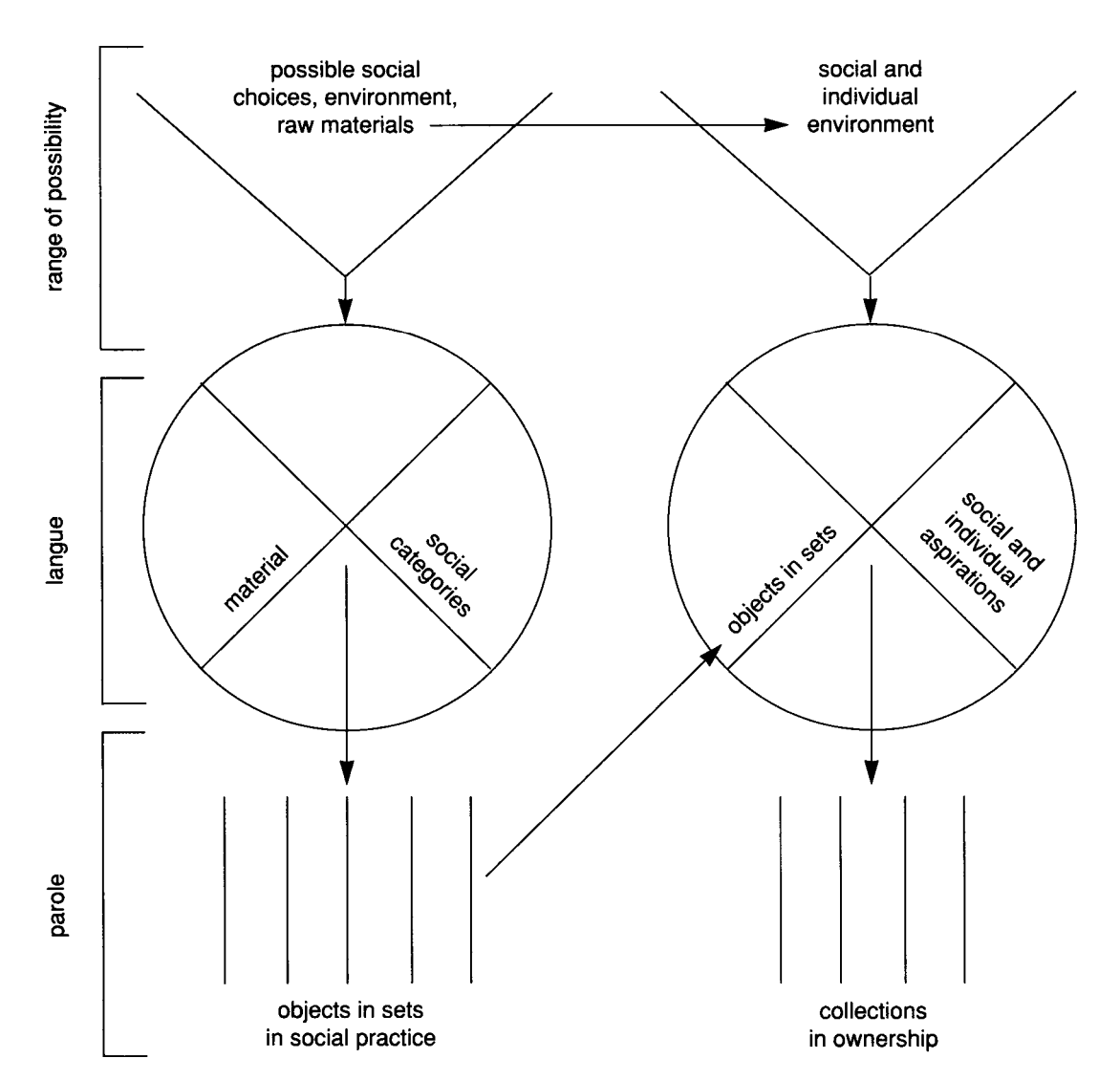
They argue that any cultural object has three types of meaning. If we look into the graphic from
‘Interpreting objects and collections,’ we see these three types of meaning. On top, we see ‘range
of
possibility.’ This is where the object gets involved in exchanges of matter, energy, and
information.
With the theme ‘toys’ in mind, we can look at this as the given environment a kid is surrounded in.
We
can think about religion, wealth, geography. These give our social characteristics, personal
feelings,
and religious beliefs. This all has influence on the given toys towards the kid. Play and roleplay
start
from here.
Then we go to the second meaning: ‘Langue.’ This is the given meaning in the context of language,
code,
and signage. For example, if we look at a ball, we know the difference between a basketball, a
football,
a skippy ball, and a bouncing ball. From the materials, colors, and context the object plays a role,
we
get the meaning of this ‘ball.’ In the first meaning of the ‘range of possibility,’ we can try to
play
football with a skippy ball. But within the second meaning, we learn about the ‘original’ usage of
the
object.
Then we move on to 'Parole'. This is where secret castles, small worlds, various bubbles, hidden
capsules, and grand museums come to life - the collections of collectors. The history of collecting
can
be traced back to the 16th and 17th centuries in Europe, when the Cabinets of Curiosities or Kunst-
or
Wunderkammer emerged. For different people in the elite, merchants, aristocrats, and scholars, it
became
a trend to collect rare and unusual items in their cabinets, organizing and categorizing them in
ways
that created new fascinations. However, these collections were initially quite private, mainly
serving
to demonstrate the owner's status and reflect their beliefs in science, philosophy, theology, and
imagination.
Toy collectors all have their own Cabinet of Curiosities of some sort, a personal Wunderkammer.
Probably, they believe in what they collect and interact with their collections by taking
photographs,
sharing them online, discussing them, trading them, and assigning value to them. Toy collectors are
the
keepers of (their) or our dreams and innocence. One may not realize how much they have missed their
old
forgotten toys, their love for pastel-colored ponies, the ability to brush the hair of various
Barbie
dolls, or the sense of power that superheroes instill until they see them again. All collectors are
the
archivists of the human spirit.
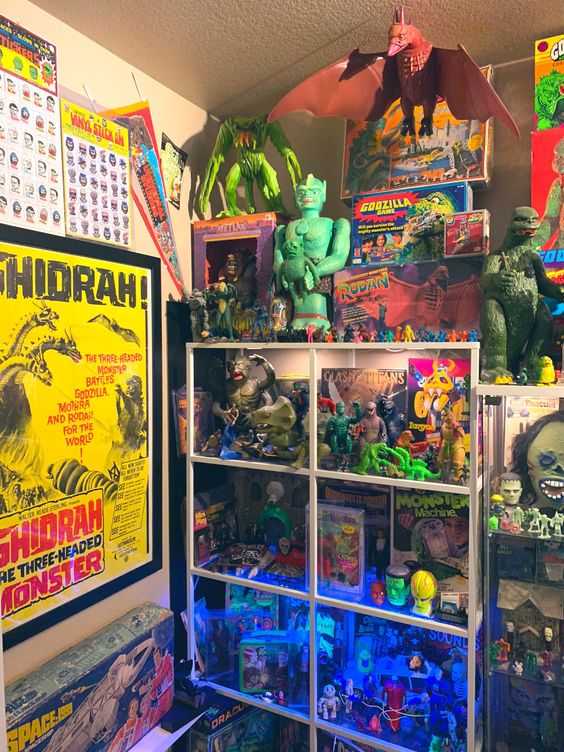
Figure 16. Collection of various toys from the 70's-90's.
Chapter 5
The Everlasting Plastic Horses
Epilogue
Toys have not only helped us to understand the world, but also to discover our own identity. From ancient times to the present day, we all still have a strong spiritual connection with our toys. Though they may be forgotten or lost, whenever we interact with our old plushies, dusty figures, or any other toy, they come back to life. It could be the memories they evoke or something we never had, but we find ourselves wandering back in time to our childhood innocence.

Figure 17. Me around 2003-2004 posing with my Winnie the Pooh plushie and "olifantje".
With the rise of mass production and the economic boom of the 1950s, marketing and media started
creating different stories, highly produced movies, and numerous franchises to uphold a world of
fantasy
and dreams with corresponding figurines and characters that one could own and play with. Money had
to
keep rolling, and new characters were introduced, including new My Little Pony characters, an extra
helper for Superman, and a BFF for Barbie. Fantasies became something to unlock, but only if you had
the
money for it.
Toys have shaped our understanding of gender norms, but they are becoming more inclusive over time.
Society is evolving towards a more diverse and accepting approach to gender expression through toys.
Progress has been made, but there is still work to do to break down gender stereotypes and promote
equality.
In the 1980s, nostalgia hit the baby boomers, and old toys made their way back to the market. With
the
motivation from globalization during the 1980s, adults wanted their toys back, as they had
potentially
been lost in new belief systems, work, gossip, trends, responsibilities, and death. Slowly, fandom
communities started to form between people with the same fantasy interests.
As the fandoms grew, so did the value of toys. Toys became collectibles, and collectors became
curators
of their own small worlds, organizing and categorizing them in ways to create new fascinations.
Through my research, I have come to see the urgency of the existence of toys. They embody life,
myth,
spirit, and gateways to connections that are created between people through playing. They represent
love, communion, and acceptance of who you are, in all the ways you may not have even discovered
about
yourself yet! In the neoliberal times, where individualism is emphasized, and people are expected to
take responsibility for their own lives without relying on the support of the government. We are
often
told to prioritize efficiency and other market-driven ideas, and we are very busy. In this context,
incorporating play and being playful as a way of operating can be extremely important. Despite the
demands of modern life, embracing playfulness can have significant benefits and is worth
considering.
